Services
Effective Sterilization
In the battle to slow or prevent the transmission of viruses, such as the novel coronavirus, continuously active sterilization/disinfection could provide a new line of defence. Studies has shown that frequent sterilization/disinfection in public places or common shared areas are effective practices to prevent infectious disease i.e., covid-19. However, there are several steps in achieving effective sterilization. First, thorough cleaning is required before disinfection and sterilisation, because inorganic and organic materials that remain on the surfaces may interfere with the effectiveness of disinfection and sterilisation.
After cleaning, the surface would need to be disinfected to be free from bacteria or virus. Usually a chemical disinfectant can be used while in other cases, a mobile UVC lamp would be more appropriate to be employed – and these will destroy the cell wall of any microbes or pathogens that reside on the surfaces. The surfaces will reach 99.99% free of pathogens or microorganisms after this process.
Recontamination of high-contact surfaces
The disinfection of high-contact surfaces is seen as an infection control practice to prevent the spread of pathogens by fomites. Unfortunately, recontamination of these surfaces can occur any time after the use of common disinfectants, especially in common shared areas i.e., door handle, lift button, lounge table etc. can be easily re-contaminated or re-infected when touched by any infected person and this made frequent repeated disinfection necessary and can be tedious and costly.
In order to achieve truly effective sterilization, innovative self-sterilization coatings i.e., BioShield® 75 or CHIRON-Eco can be applied to common surfaces and can the surface can stay self-sterilization for up to 6 months.
- NEA registered Cleaning Company CIMS-LIC-20200615-5599
- Compliance to SS533/SS499 Standards for Cleaning Activities
- Contact Cleaning for Offices/Buildings
- Moving In and Moving Out Cleaning
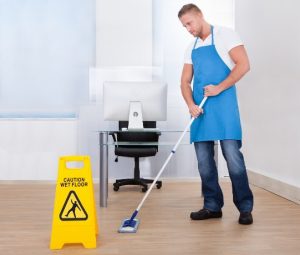
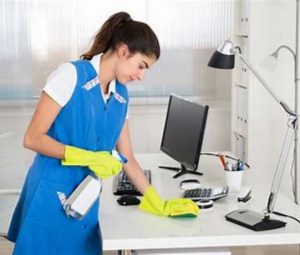
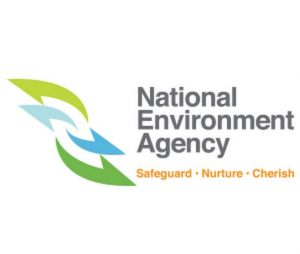
- Compliance to NEA Guidelines for Covid-19 Disinfection
- Prevention Disinfection Services
- Commercial building, office, School, Clinic, dormitory, residential, F&B establishment, KTV, nightclub, Gym, Massage Parlour
- Special Food Grade Disinfectant for Disinfecting of F&B related Premises
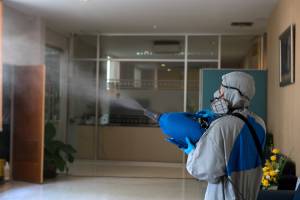
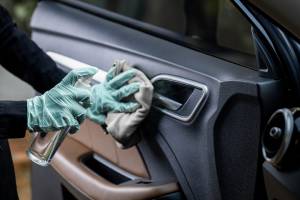

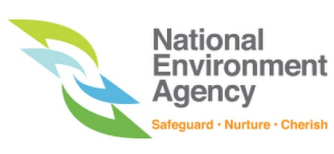
- Safe, Non-Toxic & Environmentally friendly
- Water based, odourless and colourless
- US EPA registration, NEA accepted & USDS accepted
- The ONLY EPA registered product of its kind with food contact approval.
- Eliminate Biofilm, Pathogen, Bacteria, Mold & Viruses
- Long lasting protection for 3-6 months even with Cleaning
- Can be wiped, sprayed or misted on virtually any surfaces
- Absorbent & Non-Absorbent Surfaces: High Touch Points Surfaces i.e., ATM Buttons, elevator Buttons, Restaurant Table, Leather Seats, Mobile Phone, Tablets, gyms equipment and locker rooms etc.
II. CHIRON-Eco
- Antimicrobial and Self-Sterilization, Deodorization, Mold Prevention & Air Purification
- Japan Technology
- Environmentally-Friendly Coating
- Absorbent and non-absorbent surfaces such as: Toilet Ceiling, Curtains, Carpet, Furniture, Leather seats, Wooden Flooring, Bath Room etc.
